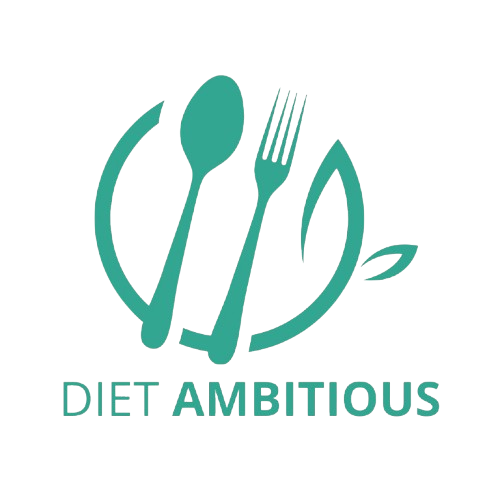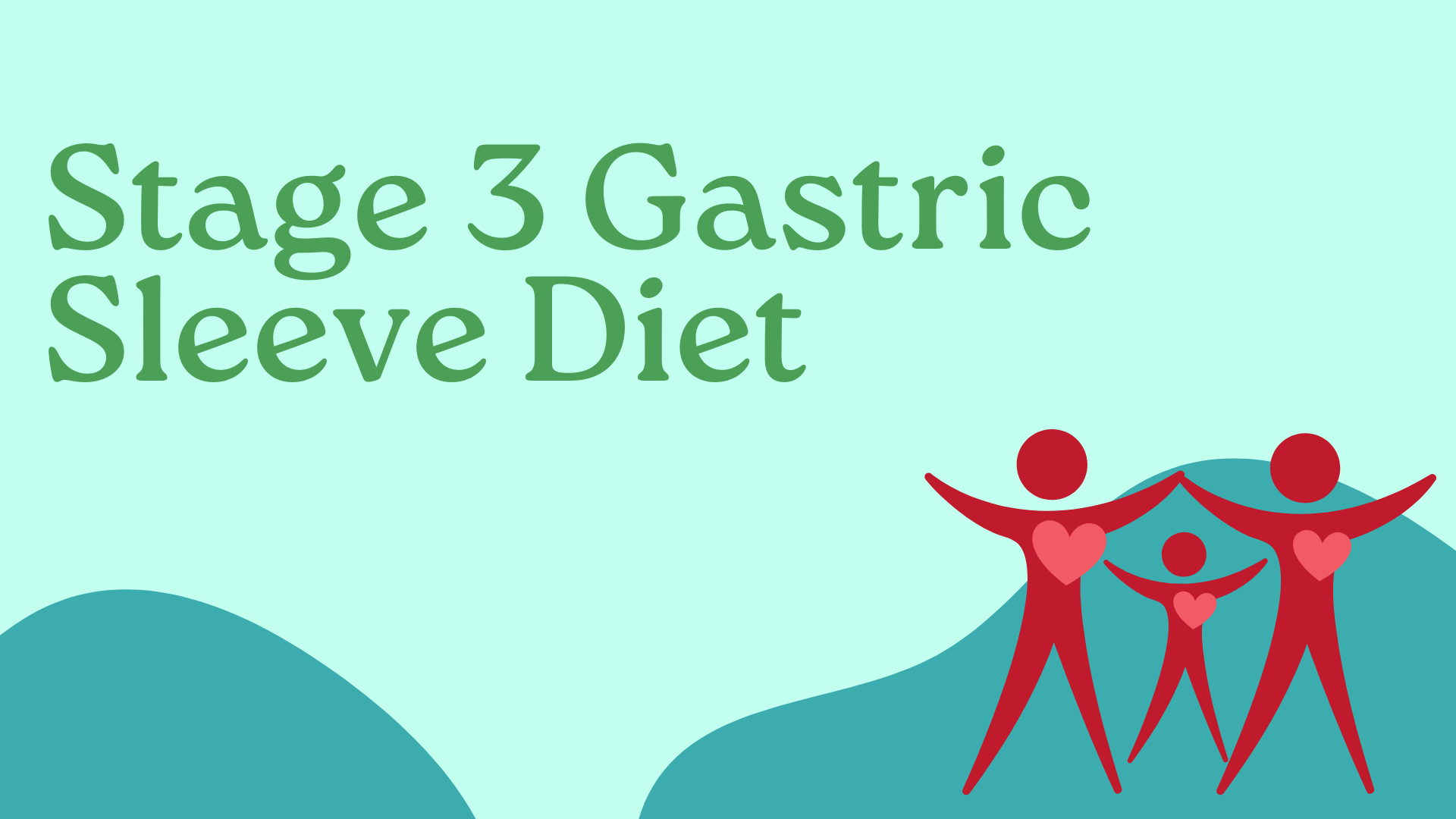After undergoing gastric sleeve surgery, it’s crucial to follow a carefully planned diet to ensure your body heals properly and that you get the nutrients it needs. The diet progresses in stages, with Stage 3 being a pivotal point as you begin to reintroduce more solid foods into your diet. Let’s explore what the Stage 3 gastric sleeve diet entails, and how you can navigate this stage for optimal results.
Table of Contents
What is the Stage 3 Gastric Sleeve Diet?
The Stage 3 diet comes after the initial post-surgery recovery phases (Stage 1 and Stage 2), where your body gradually adjusts to the reduced stomach size. By the time you reach Stage 3, you have progressed from clear liquids to pureed foods, and now you are ready for a wider variety of foods—though still soft and easy to digest.
The goal at this stage is to help you transition into eating more solid foods while continuing to promote healing and avoiding overloading your new, smaller stomach.
When Does Stage 3 Begin?
Typically, Stage 3 of the gastric sleeve diet begins around 3 weeks to 4 weeks after surgery. However, this timeline can vary depending on your recovery progress and the advice of your healthcare provider or dietitian. You will need to ensure that you are able to tolerate Stage 2 foods well before moving on to Stage 3, as your body’s response to food can differ during recovery.
Key Features of Stage 3 Gastric Sleeve Diet
At this stage, you’ll focus on eating foods that are soft, moist, and easy to chew. It’s still important to avoid foods that are high in sugar, fat, or carbohydrates that might lead to discomfort, dumping syndrome, or weight gain. Your stomach is still small, and the portion sizes will be smaller than what you might have been used to pre-surgery.
Here are the key features of the Stage 3 diet:
- Food Texture: You can start incorporating soft foods that are easy to chew and swallow. Foods should be moist and tender, avoiding any hard, dry, or tough foods.
- Protein Focus: Protein remains the most important part of your diet during Stage 3, as it helps in healing, muscle preservation, and satiety.
- Small Portions: Your stomach is still small, so portion control is essential. Aim to eat small, balanced meals throughout the day, usually 3 meals and 1-2 snacks.
- Hydration: Staying hydrated is crucial at every stage. Drink plenty of water, but avoid drinking liquids 30 minutes before and after meals to prevent overloading your stomach and interfering with digestion.

Foods You Can Eat in Stage 3
At this point, you can begin eating soft, well-cooked foods, but it’s important to stick to lean proteins and nutrient-dense options. Here’s a list of foods that are typically safe during Stage 3 of the gastric sleeve diet:
- Lean Proteins: Skinless chicken, turkey, fish, eggs, tofu, and low-fat cheese are excellent choices. Make sure the proteins are cooked tender and chopped into small pieces to avoid discomfort.
- Soft Vegetables: Well-cooked and pureed vegetables, such as carrots, zucchini, squash, spinach, or sweet potatoes, can be incorporated into your meals. Avoid raw vegetables, as they can be too tough to digest.
- Soft Fruits: Soft fruits like bananas, applesauce, melons, and berries can be enjoyed. Avoid citrus fruits and fruits with skins or seeds that may be difficult to digest.
- Cottage Cheese and Greek Yogurt: These foods are rich in protein and probiotics, which are great for digestion.
- Cooked Grains: You may begin adding small portions of cooked grains such as oatmeal, quinoa, or soft rice. Be mindful of portion sizes, as these can be filling.
- Soups and Broths: Clear broths and soups made with tender meats or vegetables can be included, but make sure they don’t have a high-fat content.
Foods to Avoid During Stage 3
While this stage opens up more food options, it’s essential to avoid certain foods that may not be easily tolerated or may irritate the stomach. These include:
- Hard or Crunchy Foods: Foods like chips, crackers, or raw vegetables may be too difficult for your new stomach to handle.
- Tough Meats: Avoid meats that are tough or fibrous, such as steak or pork chops, as these may be hard to digest.
- Fried Foods: Fried foods are high in fat and may cause discomfort or nausea.
- Sugary or Processed Foods: Stay away from sugary snacks, baked goods, and processed foods, as they can lead to weight gain and other complications.
- Caffeinated Beverages: Caffeine can irritate the stomach and lead to dehydration, so it’s best to avoid coffee, sodas, and energy drinks.
Portion Sizes and Eating Habits in Stage 3
At this stage, portion control is key to preventing overeating and ensuring that your stomach continues to heal properly. Start by eating small meals and focus on your protein intake first, followed by vegetables and healthy fats. Remember to eat slowly, chew your food thoroughly, and stop eating as soon as you feel satisfied (not full). Your stomach is still small, so it’s important to pay attention to your body’s hunger cues.
Conclusion
The Stage 3 gastric sleeve diet is an important step in your journey toward recovery and long-term success. By introducing soft, nutrient-dense foods that are easy to digest and rich in protein, you’ll be helping your body heal while preparing for the next stage of eating. As you progress, continue to follow your healthcare provider’s guidelines and listen to your body’s needs.
Always prioritize hydration, eat in small portions, and focus on clean, whole foods. With the right approach, Stage 3 can be a smooth transition as you regain your strength and continue on your path to better health.




